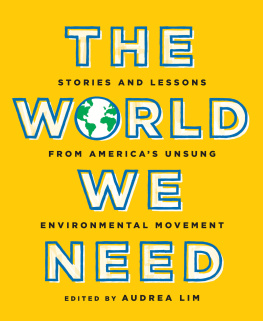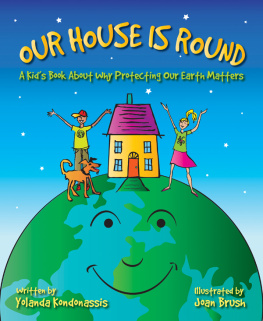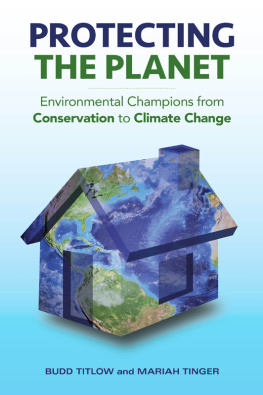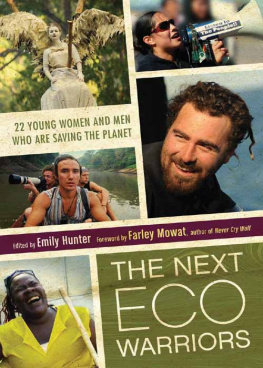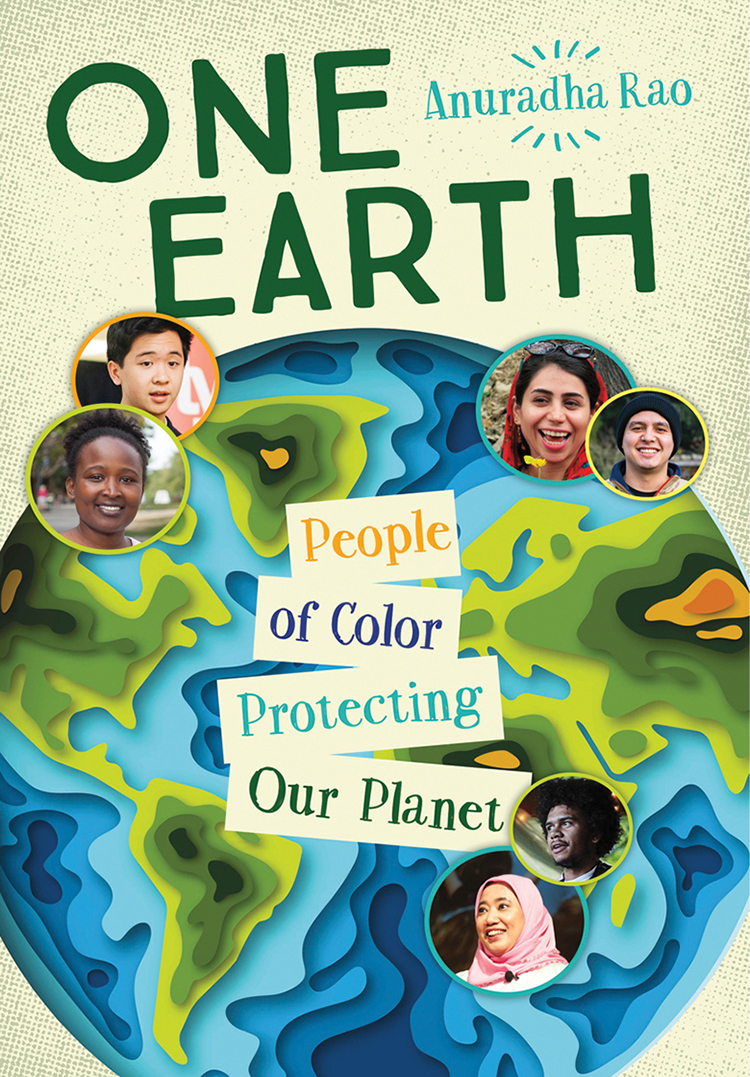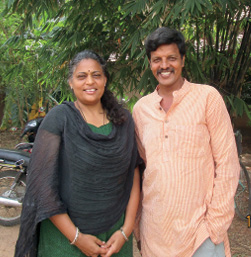Text copyright Anuradha Rao 2020
Published in Canada and the United States in 2020 by Orca Book Publishers.
orcabook.com
All rights reserved. No part of this publication may be reproduced or transmitted in any form or by any means, electronic or mechanical, including photocopying, recording or by any information storage and retrieval system now known or to be invented, without permission in writing from the publisher.
Library and Archives Canada Cataloguing in Publication
Title: One Earth: people of color protecting our planet / Anuradha Rao.
Names: Rao, Anuradha S., 1975 author.
Description: Includes bibliographical references and index.
Identifiers: Canadiana (print) 20190177551 | Canadiana (ebook) 20190177616 |
ISBN 9781459818866 (softcover) | ISBN 9781459818873 (PDF) | ISBN 9781459818880 (EPUB)
Subjects: LCSH: EnvironmentalistsBiographyJuvenile literature. | LCSH: ConservationistsBiographyJuvenile literature. | LCSH: EnvironmentalismJuvenile literature. | LCSH: Environmental protectionJuvenile literature. | LCSH: MinoritiesPolitical activityJuvenile literature.
Classification: LCC GE195.5 .R36 2020 | DDC j333.72092dc23
Library of Congress Control Number: 2019947360
Summary: This nonfiction book for teens profiles 20 environmental defenders of color from around the world. Their individual stories show that the intersection of environment and ethnicity is an asset to protecting our planet. Illustrated with photos of each of the people profiled.
Orca Book Publishers is committed to reducing the consumption of nonrenewable resources in the production of our books. We make every effort to use materials that support a sustainable future.
Orca Book Publishers gratefully acknowledges the support for its publishing programs provided by the following agencies: the Government of Canada, the Canada Council for the Arts and the Province of British Columbia through the BC Arts Council and the Book Publishing Tax Credit.
The author and publisher have made every effort to ensure that the information in this book was correct at the time of publication. The author and publisher do not assume any liability for any loss, damage or disruption caused by errors or omissions. Every effort has been made to trace copyright holders and to obtain their permission for the use of copyrighted material. The publisher apologizes for any errors or omissions and would be grateful if notified of any corrections that should be incorporated in future reprints or editions of this book.
Cover illustration by kotoffei/creativemarket.com. Cover photos courtesy of Efe Peker, Michael Ruffolo, Joanna Marquis, John Nation, Ghanimat Azhdari, Brandon Nguyen, The Arctic Eider Society, Danielle Stark, Dipani Sutaria, Dr. Clotilda Yakimchuk
Edited by Sarah N. Harvey
Design by Rachel Page
Printed and bound in Canada.
ebook by Bright Wing Media
25 24 23 22 4 5 6 7
To Leela: past, present and future
Contents
, Ecuador
Landmarks
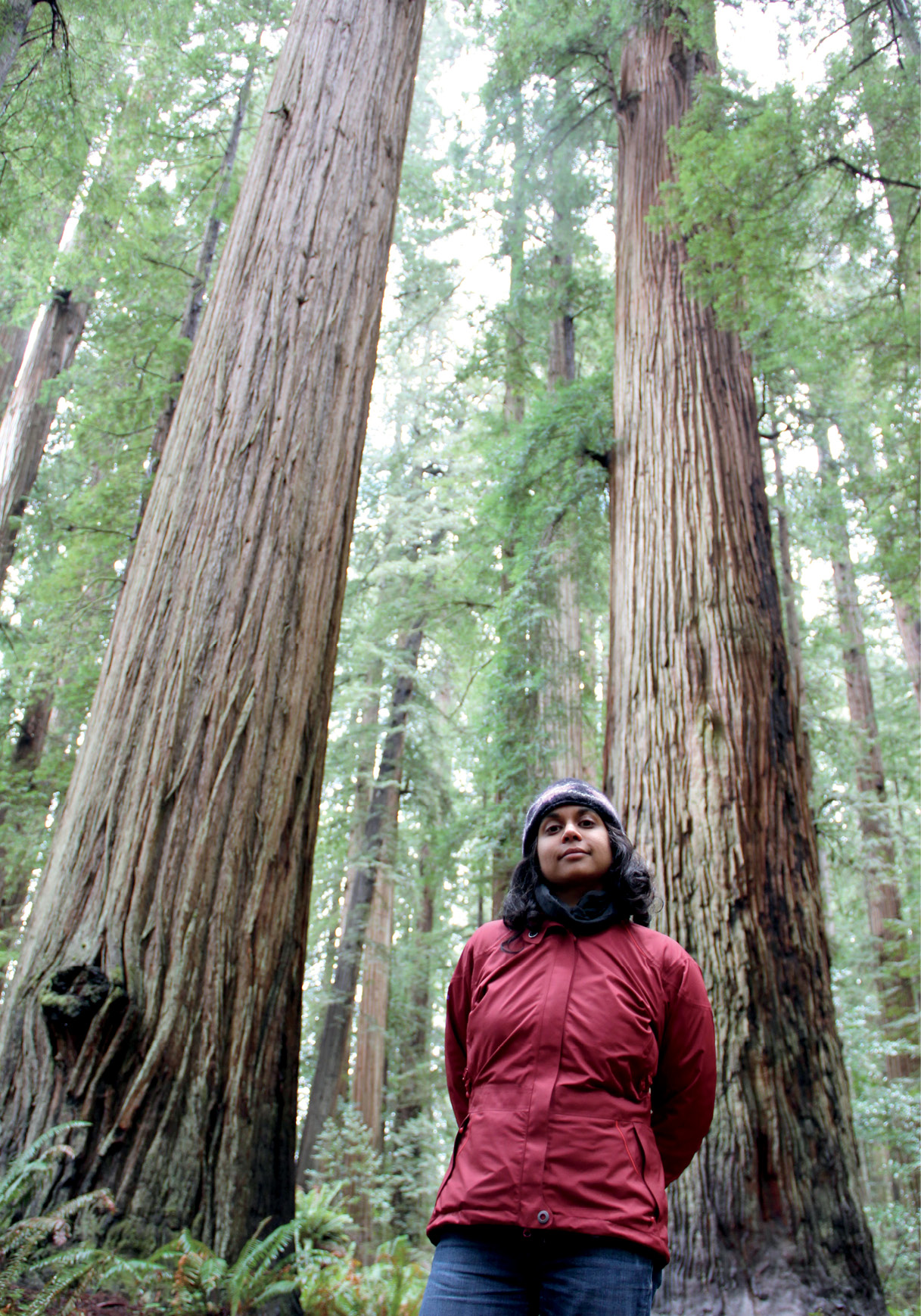
Curtis Andrews
Introduction
W ho is an environmental defender? What does she, he or they look like? Maybe like you. Maybe like me.
Ive worked and volunteered in the environmental field since the 1990s. But Ive often felt like the odd one out. Only one other person in my family has gone into this line of work. And at work, Ive usually been the only one with a brown face. It makes me feel a bit weird. I dont have the same traditions or listen to the same kind of music as my colleagues. I celebrate different holidays. I was born in Canada, but my mother tongue isnt English and no one can pronounce my name.
My ancestors fled environmental crisis in the north of India more than 2,000 years ago and religious persecution in Goa 500 years ago. My grandfather was a freedom fighter against a colonial system imposed on India. That history shapes me and makes me different from most of the people I have worked with. I can move fluidly between both worldsfamily and workbut I end up hiding a bit of my true self from almost everyone. I know I have one identity, not twomy culture and my passion for the earth are linked.
Being different isnt bad though. Because I navigate between cultures every day, its easy for me to be a bridge between groups of people who wouldnt otherwise talk to each other.
Very few Black, Indigenous and People of Color are seen to be at the forefront of the environmental movement. David Suzuki, Vandana Shiva and Wangari Maathai are notable exceptions. Others exist in places where we tend not to look. They save animals, stop destruction, research solutions, fight for health and justice, and do many other brave things. Some risk their lives defending nature.
When I was looking for people to interview for this book, I found more than I could possibly include. I could have written an entire book about environmental defenders of color in Vancouver, British Columbia, where I live, or a whole book about Indigenous protectors of culture, land and water. But one goal of this book is to showcase diversityin background, location, age and interest. The people in this book dont represent all the people from their nations, ethnicities or cultures. They spoke to me about themselves, their own experiences, and events as they recalled them.
I chose to focus on 20 environmental defenders. Youll learn about what theyre defending and how. Youll see how their cultures and backgrounds influence their work. And youll hear the words and wisdom theyve shared to inspire you. Theyre the role models I wish Id had when I was younger.
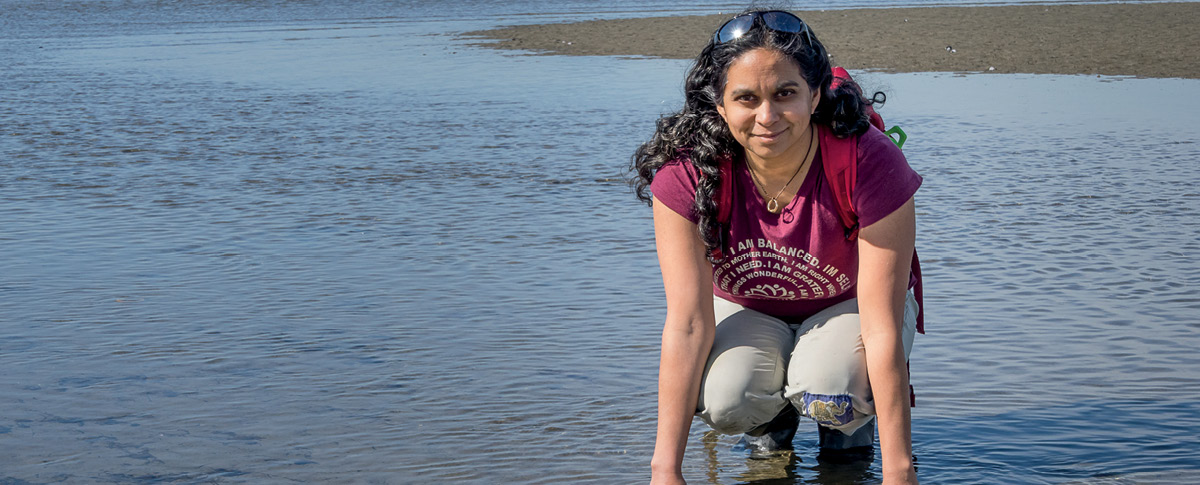
linda Mueller
My Inspirations
Dr. Mao Amis (Uganda/South Africa) founded the African Centre for a Green Economy to provide thought leadership and showcase local solutions to environmental challenges.
Image credit: Nonceba Amis
Kim Sander Wright (Canada) felt the environmental movement didnt appreciate the approaches of people from different cultures, so she decided to work with people who see things holistically, as her culture had taught her to.
Image credit: Kim Sander Wright
Arun and Poornima Venkataramanan (India) have been running a sea turtle conservation program with students for more than two decades. They started Marudam Farm School to combine education, ecosystem restoration, organic farming and poverty reduction.
Image credit: Arun Venkataramanan



